In Archaeology and Cultural Heritage management there is an increase of interest in Geographic Information Systems (GIS), with time the knowledge of GIS is becoming an increasingly desirable skill. This course will teach the skills you need to successfully use a GIS software, learn the foundational concepts of GIS, how to analyze spatial data, and make your first map. In this course you will have a quick overview of GIS and what's great about it, you will learn the core geospatial concepts and terminology. In the course you will also learn how to install and use QGIS, a professional GIS application that is built on top of and proud to be a Free and Open Source Software. You will identify key elements in the interface, learn about file formats, how to create layers, manage and search data, create maps for sharing, as well as georeferencing scanned maps and pictures.
With the continuous growth of digital data related to cultural heritage, archaeological sites, archaeological objects and historical buildings, creating and managing a proper database becomes essential for professionals working in the field. This course provides a general introduction to databases, and introduces the popular relational data model. It also uses open source programs. You will learn the basics of database design and SQL (the Structured Query Language). Using SQL for database creation you'll learn about single table queries and the basic syntax of the SQL language, as well as database design with multiple tables, foreign keys, and the JOIN operation. You will also learn basic programming in HTML and PhP as a starting point to build web applications.
